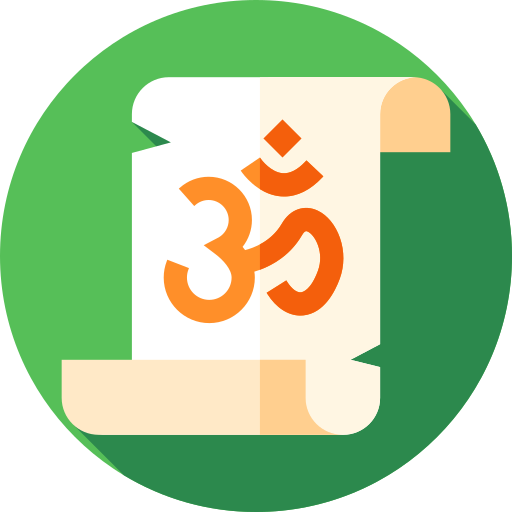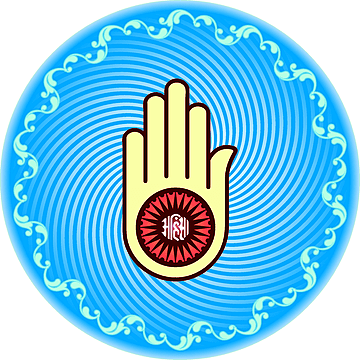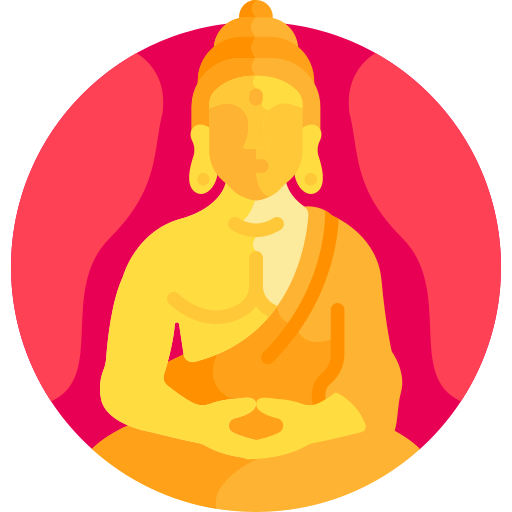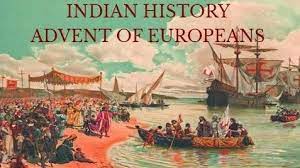- A 240 A.D
- B 280 A.D
- C 200 A.D
- D 320 A.D
Sri Gupta (r.240 -280 CE) was a pre-imperial Gupta king in northern India and the founder of the Gupta dynasty. Northern or central Bengal might have been the home of Guptas at that time, however, little evidence is available.
The Poona copper inscription of Prabhavati Gupta, a daughter of Chandragupta II, describes "Maharaja Sri-Gupta" as the founder of the Gupta dynasty. Sri Gupta is identified with the king Che-li-ki-to mentioned in the writings of the Chinese traveller Yijing, who wrote around 690 CE, and described the king as having ruled 500 years earlier. According to Yijing's account, Sri Gupta ordered the construction of a temple at Mrgasikhavana for the use of Buddhist pilgrims coming from China, endowing it with the revenue from 40 villages.
 Vedic period
Vedic period  Jainism
Jainism  Buddhism
Buddhism  Advent of Europeans
Advent of Europeans